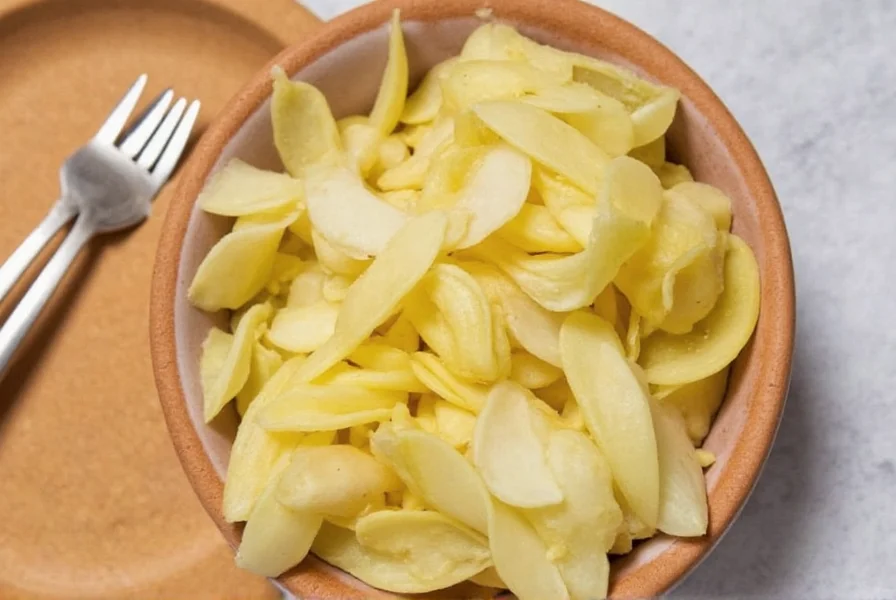7 Irresistible Thai Seasonings That Will Spice Up Your Life (And Kitchen!)
Table of Contents
- Introduction: The Soul of Thai Cuisine
- Top 7 Thai Seasonings You Need to Know
- Decoding Thai Flavor Profiles
- Buying Guide: How to Choose the Best Thai Seasonings
- Pro Tips for Cooking with Thai Seasonings
- Conclusion: Bring Thailand to Your Table
Introduction: The Soul of Thai Cuisine
If there’s one thing that defines Thai cuisine, it’s balance — the harmony between sweet, sour, salty, bitter, and spicy flavors. And at the heart of this symphony? Thai seasonings.

From street food favorites like pad thai to rich curries and zesty salads, Thai seasonings are what give each dish its unmistakable character. Whether you’re a seasoned chef or a home cook looking to add more excitement to your meals, understanding these essential ingredients can transform your kitchen into a flavor playground.
Top 7 Thai Seasonings You Need to Know
Let’s dive into the must-have Thai seasonings every spice lover should have in their pantry:
- Fish Sauce (Nam Pla)
- Shrimp Paste (Kapi)
- Chili Paste (Nam Prik Pao)
- Galangal
- Lemongrass
- Kaffir Lime Leaves
- Palm Sugar
1. Fish Sauce – The Umami Anchor
Fish sauce is the backbone of many Thai dishes. This pungent liquid is made from fermented anchovies and salt. It’s used to add depth, saltiness, and umami punch to everything from stir-fries to dipping sauces.

2. Shrimp Paste – Bold & Funky
Known as kapi, shrimp paste might not win any beauty contests, but it brings intense flavor to curries and dips like nam prik. Toast it slightly before use to reduce its raw funk and unlock nutty undertones.

3. Chili Paste (Nam Prik Pao) – Sweet Heat Bomb
This thick, dark red paste blends roasted chilies, garlic, shallots, and sometimes dried shrimp. It’s intensely aromatic and adds layers of heat and sweetness. Use it as a base for fried rice or spread it on toast if you're feeling daring!

4. Galangal – The Zesty Ginger Cousin
While similar in appearance to ginger, galangal has a sharper, peppery flavor. It’s essential in tom kha gai and green curry pastes. Fresh is best, but frozen works in a pinch.

5. Lemongrass – Citrus in a Stalk
Lemongrass is the secret weapon behind Thai soups and curries. Its lemony aroma brightens up even the heaviest dishes. Always bruise the stalks before cooking to release their oils.

6. Kaffir Lime Leaves – Aromatic & Fragrant
These bumpy, double-lobed leaves smell like citrus and perfume. They’re used whole in soups and curries or finely sliced in salads. Dried versions work well, but fresh is always preferred.

7. Palm Sugar – Natural Sweetness
Palm sugar (gud in Thai) is less refined than white sugar and adds a subtle caramel-like sweetness. It balances out spicy, salty, and sour flavors perfectly, especially in dishes like pad thai.

Decoding Thai Flavor Profiles
Thai cuisine thrives on contrasts. Let’s take a deeper look at how these seasonings work together:
| Flavor | Seasoning Example | Dish Example |
|---|---|---|
| Sweet | Palm Sugar | Pad Thai |
| Sour | Lime Juice | Green Mango Salad |
| Salty | Fish Sauce | Tom Yum Soup |
| Bitter | Kafta Basil | Thai Basil Pork |
| Spicy | Bird's Eye Chilies | Pad Kra Pao |
Mastering this balance is the key to authentic Thai cooking. Don’t be afraid to taste as you go and adjust the seasoning until everything sings together.
Buying Guide: How to Choose the Best Thai Seasonings
With so many options in supermarkets and online stores, choosing quality Thai seasonings can feel overwhelming. Here’s a quick guide to help you pick the best ones:
| Product | Features | Best For | Recommended Brands |
|---|---|---|---|
| Fish Sauce | Ammonia-free, clear color, strong umami flavor | All Thai dishes needing salt and depth | Three Crabs, Golden Boy, Tiparos |
| Shrimp Paste | Dark brown, sticky, bold aroma | Curries, dips, pad see ew | Taste More, Maesri |
| Nam Prik Pao | Thick texture, deep red color, mild sweetness | Stir-fries, fried rice, condiments | Ole, Mae Ploy |
| Galangal | Firm, light brown skin, peppery scent | Curries, soups | Frozen or fresh from Asian markets |
| Lemongrass | Light green, firm stalks, citrus aroma | Broths, marinades, teas | Fresh bunches or frozen |
| Kaffir Lime Leaves | Dark green, glossy, fragrant | Curries, soups, salads | Fresh or vacuum-packed |
| Palm Sugar | Brown block, natural granules, caramel scent | Balance in savory dishes | Organic brands like Big Tree Farm |
Tips for Buying Thai Seasonings Online
- Look for authenticity — check if the product includes Thai language on packaging
- Read reviews for flavor notes and shelf life
- Buy in bulk if you cook Thai often — it’s cost-effective
- Opt for organic where possible for cleaner ingredients
Pro Tips for Cooking with Thai Seasonings
Tip 1: Start Small and Taste Often
Thai seasonings are potent. Especially when using fish sauce or chili paste, start with a little and build up slowly. Remember: you can always add more, but you can't take it back!
Tip 2: Toast Your Pastes
Before adding shrimp paste or chili paste to your pan, toast it lightly in a dry skillet. This reduces harshness and enhances nuttiness.
Tip 3: Layer Flavors
Add seasonings in stages. For example, fry lemongrass and galangal first, then add curry paste, followed by fish sauce and palm sugar later. Each layer builds complexity.
Tip 4: Freeze for Freshness
Wrap unused lemongrass, galangal, and kaffir lime leaves in plastic wrap and freeze them. They’ll last months and retain most of their flavor.
Tip 5: Make Your Own Curry Paste
Commercial curry pastes are convenient, but homemade allows full control over spice level and ingredients. Blend chilies, garlic, lemongrass, galangal, coriander root, and salt for an unbeatable base.
Conclusion: Bring Thailand to Your Table
Thai seasonings are more than just spices — they’re tools to craft unforgettable flavors. With just a few key ingredients and a bit of technique, you can turn everyday meals into exotic experiences. Whether you're whipping up a quick dinner or hosting a themed dinner night, let Thai seasonings be your passport to culinary adventure.
So, what are you waiting for? Grab that bottle of fish sauce, crush some chilies, and get ready to fall in love with the bold, bright, and beautiful world of Thai cuisine!












 浙公网安备
33010002000092号
浙公网安备
33010002000092号 浙B2-20120091-4
浙B2-20120091-4